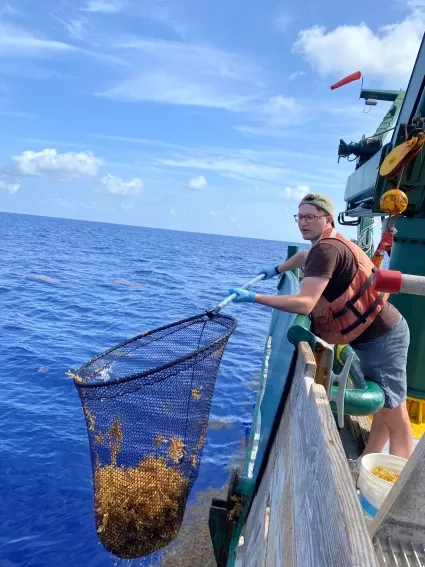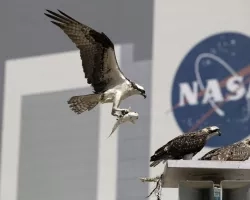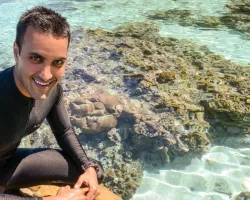This video series highlights Ecological Conservation program area projects.
Though it plays an important role in marine ecosystems, Sargassum algae can be a problem when it grows too much. The large mats of floating brown algae can slow down boats, clog machinery, and harm wildlife when it washes up on beaches.
Using NASA satellite data, Chuanmin Hu, a professor at the University of South Florida, developed the Sargassum Watch System (SaWS). This tool forecasts and monitors the location, movement direction, and speed of Sargassum blooms.
Using real-time satellite imagery accessible online, people can monitor Sargassum and receive monthly reports with current and predicted bloom information.
Plant managers, fishers, scientists, and decision makers around the world use imaging from SaWS to prepare for Sargassum events and protect local communities during emergencies.





